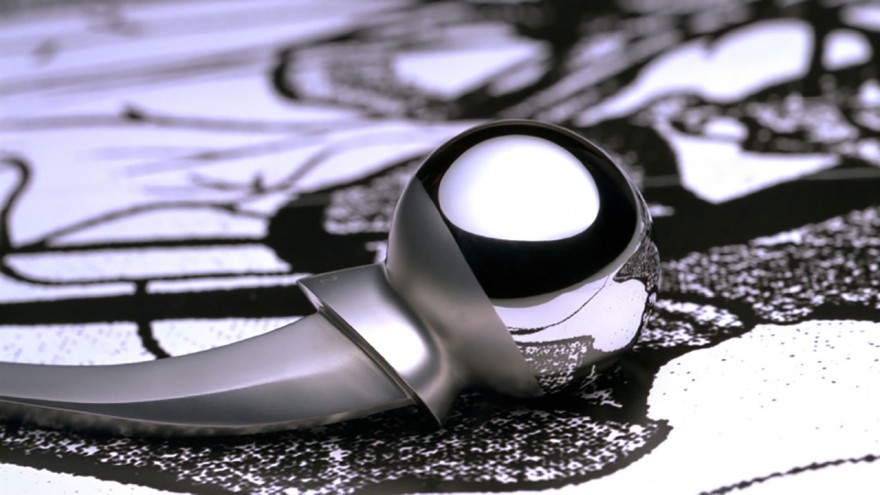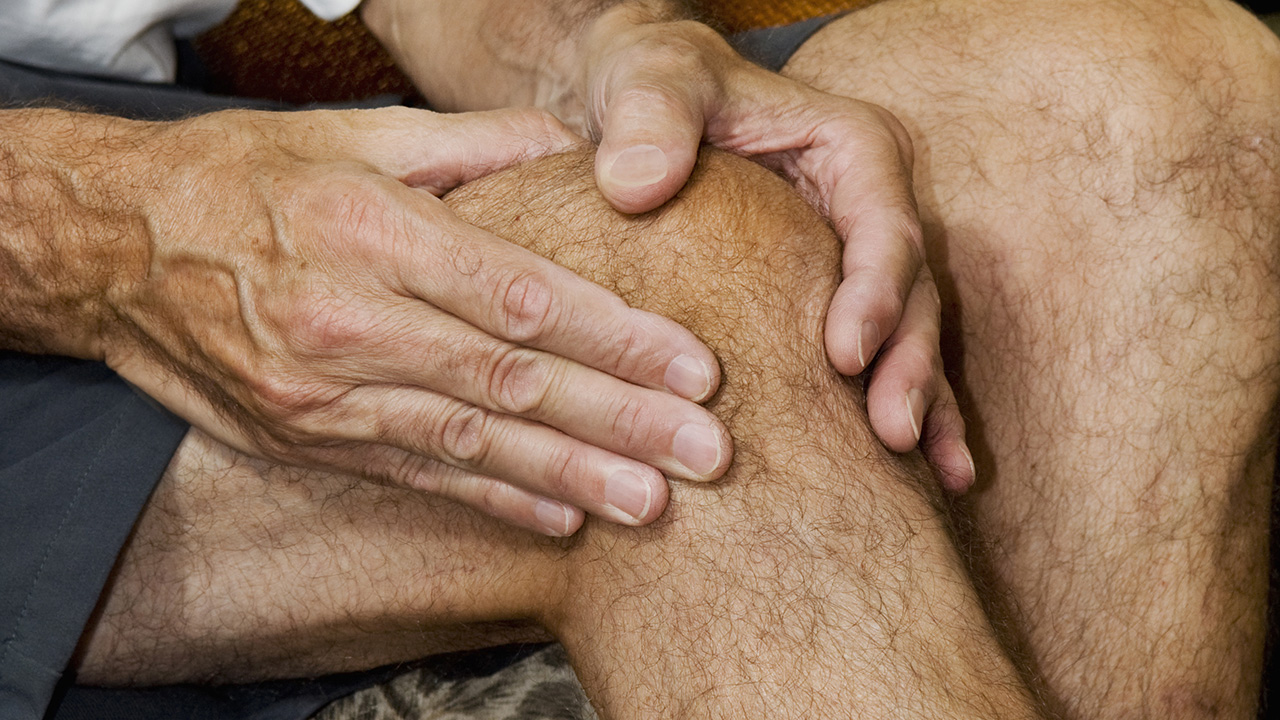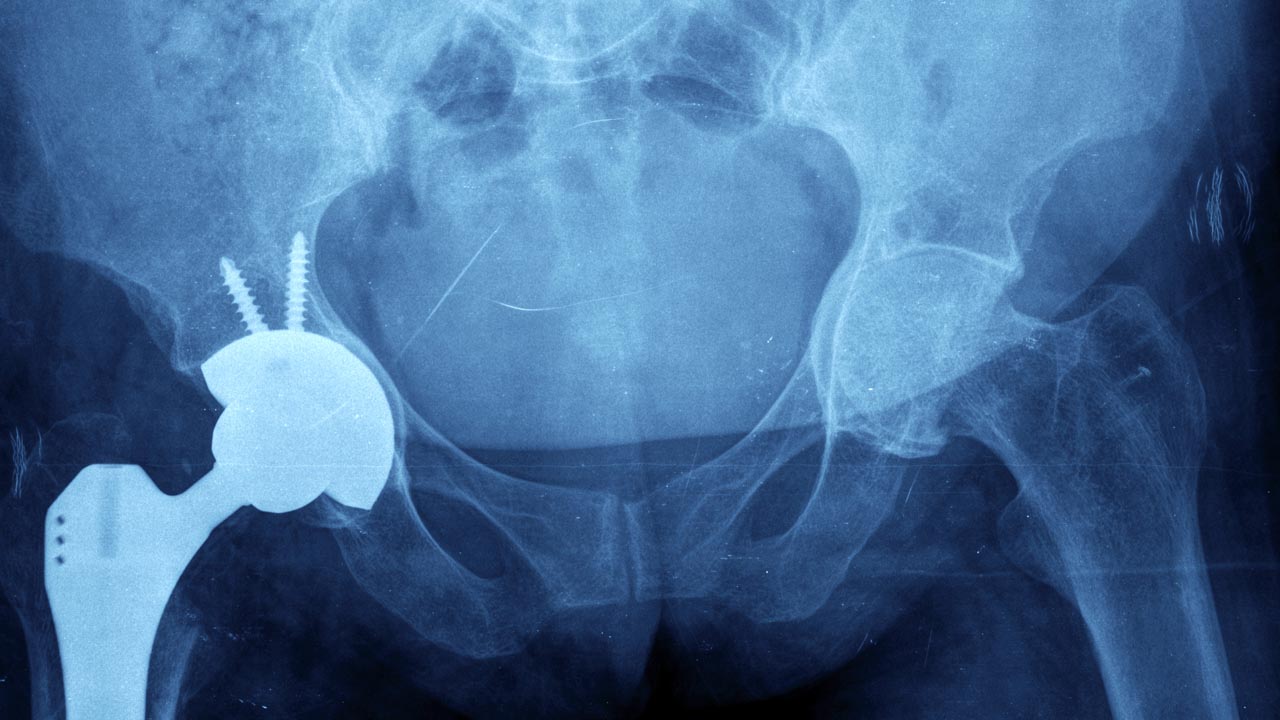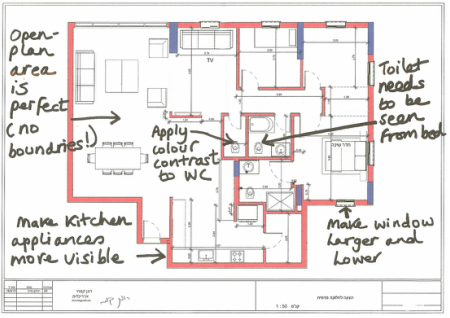All you need know about hip replacements
A hip replacement operation replaces a worn hip, often caused by arthritis, or sometimes due to an injury.
A worn hip means that the bones rub together and cause considerable pain. A replacement will remove this bone and replace it with new pieces made from either metal, plastic or ceramic. Hip replacements last between ten to twenty years. A hip replacement should reduce or eliminate pain and increase mobility. It also reduces dependency on painkillers and anti-inflammatory drugs.
Hip replacement options
Replacement hips can be either cemented, known as ‘fixed’, or un-cemented.
Cemented: Fixed hips tend to be given to older people, who hopefully will not need a second replacement in their lifetime. A second hip replacement is known as a ‘revision’.
Un-cemented: here metal surfaces can be treated with a substance and roughened to encourage the bone growth into the artificial joint and fix it in place.
Metal and ceramic parts tend to be more hard-wearing and more common now, as metal-on-metal implants tend to wear out faster and need future hip revisions.
Hip revisions: these can be more complicated than the original hip replacements, as it requires removing the first hip replacement and some bone will be lost. It can take longer to recover from revisions.
Hip resurfacing: If you are under 65, hip resurfacing might be an option, which is where damaged bone is removed and the ball and socket are covered with metal caps.
What to think about prior to the operation
Smokers: Smoking increases the risk of chest and wound infections and can slow recovery
Watch your weight: losing weight reduces the pressure on your hip and may help quicken recovery
Think about what questions you want to ask: it can be daunting sitting with a specialist and remembering to ask all the questions you’d like to ask. It’s a good idea to make a list before you see your doctor so you don’t forget anything whilst you are in the appointment.
The hip replacement operation
The operation take about an hour and a half and can be done using an epidural as a spinal block, which means you are awake during the procedure, but can feel nothing below the waist. This has the advantage of meaning you do not need to recover from a general anaesthetic. If you have general anaesthetic, you will not be allowed to eat or drink for about six hours beforehand. The surgeon and anaesthetist will advise on the right procedure for you. (Hip revisions take longer).
What to expect after the hip replacement operation
In hospital
To avoid blood clots forming in the veins in your legs after surgery and causing Deep vein Thrombosis (DVT), you will probably be asked to wear compression stockings. You might also be given drugs to prevent DVT.
When you wake up, you might find a pillow between your legs to hold the hip joint still and prevent dislocation. You will be given painkillers.
You will usually get physiotherapy treatment very soon after your operation and regularly afterwards for a while. You will be given exercises to restore movement and you will be expected to stand within 24 hours of the operation and walk a little not long after that. It is very important to do the exercises the physio prescribes.
You are usually in hospital for three to five days and will be discharged when you can walk easily with crutches or a stick. You may have stiches which need to be removed, or you might have dissolvable stiches, which do not need removing.
At home
You should be prescribed painkillers to take at home when you leave hospital and you will need to continue with your physiotherapy exercises
It is important not to cross your legs or twist your hip, as it may strain your scar or even dislocate the new hip. You will need help at home getting in and out of bed and chairs and going to the toilet. Using a heightened toilet seat extension can often be very helpful, so you do not have to squat as deeply as usual.
You will not be able to drive for a while and how quickly you can return to driving will depend on which leg has been operated on and if you have a manual or an automatic car.
Once recovered, you may need to avoid contact sports, which have a risk of being hit hard or of falling
Possible Complications
Infection: this can occur, but you will be given antibiotics after surgery to prevent it
Differing leg length: one leg may be slightly longer or shorter than the other, but this can be corrected with orthotics in your shoes
Dislocation and fractures: these can occur, but are rare










